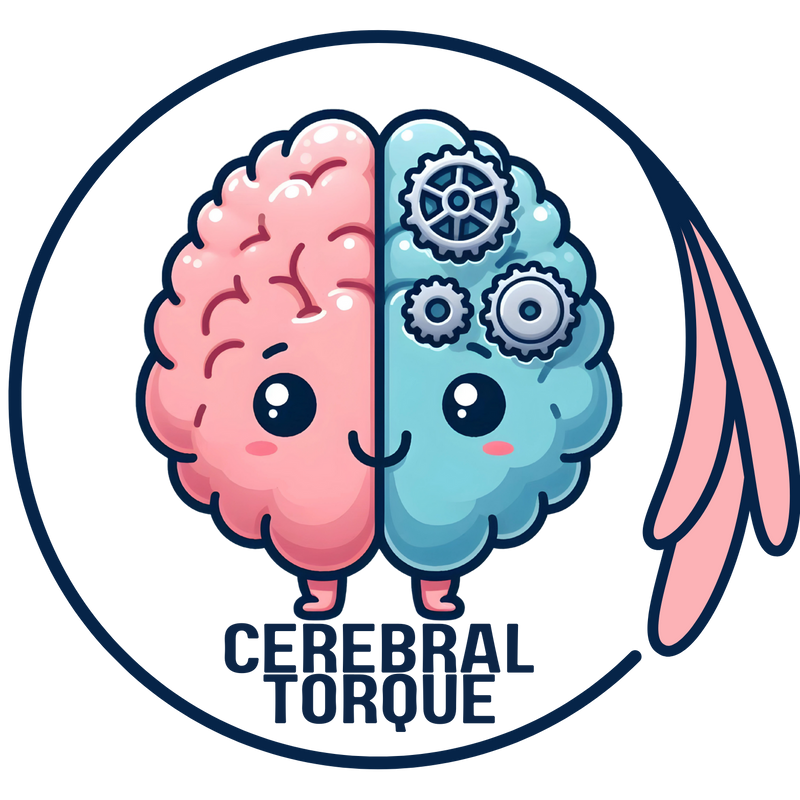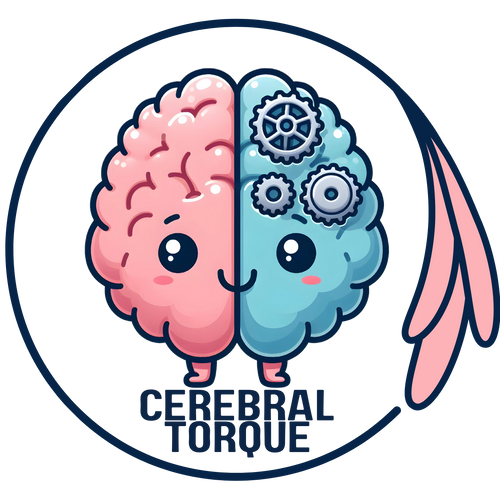New Insights into Migraine Pathophysiology
Posted on July 06 2024,
Cortical Spreading Depression (CSD)
Wave of Brain Activity Suppression
CSF Proteome Alterations
~11% of CSF proteome altered after CSD
Up-regulation of Trigeminal-activating Proteins
CGRP in CSF
Known to increase during migraine attacks
CSF Flow into Trigeminal Ganglion
Newly discovered pathway for pain signaling
New Zone without Epineural Sheath
Area in trigeminal ganglion allowing direct CSF contact
Nonsynaptic Brain-Trigeminal Signaling
Direct communication between the CNS and PNS via CSF
Altered CSF Contacts Trigeminal Neurons
Activation of Trigeminal Nerve Cells
Headache/Migraine Pain
Migraine Attack Symptoms Experienced
Temporary Process
CSF Proteome Normalizes
Decrease in Pain Signals
Migraine Attack Subsides
Reference: Rasmussen et al. (2024). Cortical spreading depression opens a paravascular space in the trigeminal ganglion. Science, 385(6320), 80-85. DOI: 10.1126/science.adq3498
Sun, Sep 14, 25
Neuroimaging Differences Between Migraine Types: Aura vs. Without Aura
Discover the latest neuroimaging research revealing key brain differences between migraine with aura and migraine without aura.
Read MoreThu, Sep 04, 25
Understanding Migraine Prodrome
Discover the migraine prodrome phase: 36 warning symptoms that occur 1-6 hours before headache onset. Learn timing patterns, predictive confidence levels, and new treatment approaches based on groundbreaking 2025 research...
Read MoreThu, Aug 07, 25
Dizziness and Migraine: When is it Vestibular Migraine?
Dizziness and migraine: Learn when dizziness is vestibular migraine vs BPPV, Meniere's disease, or vascular causes. Guide covers symptoms, diagnosis, cutaneous allodynia, and treatment options for recurrent dizziness episodes.
Read More


